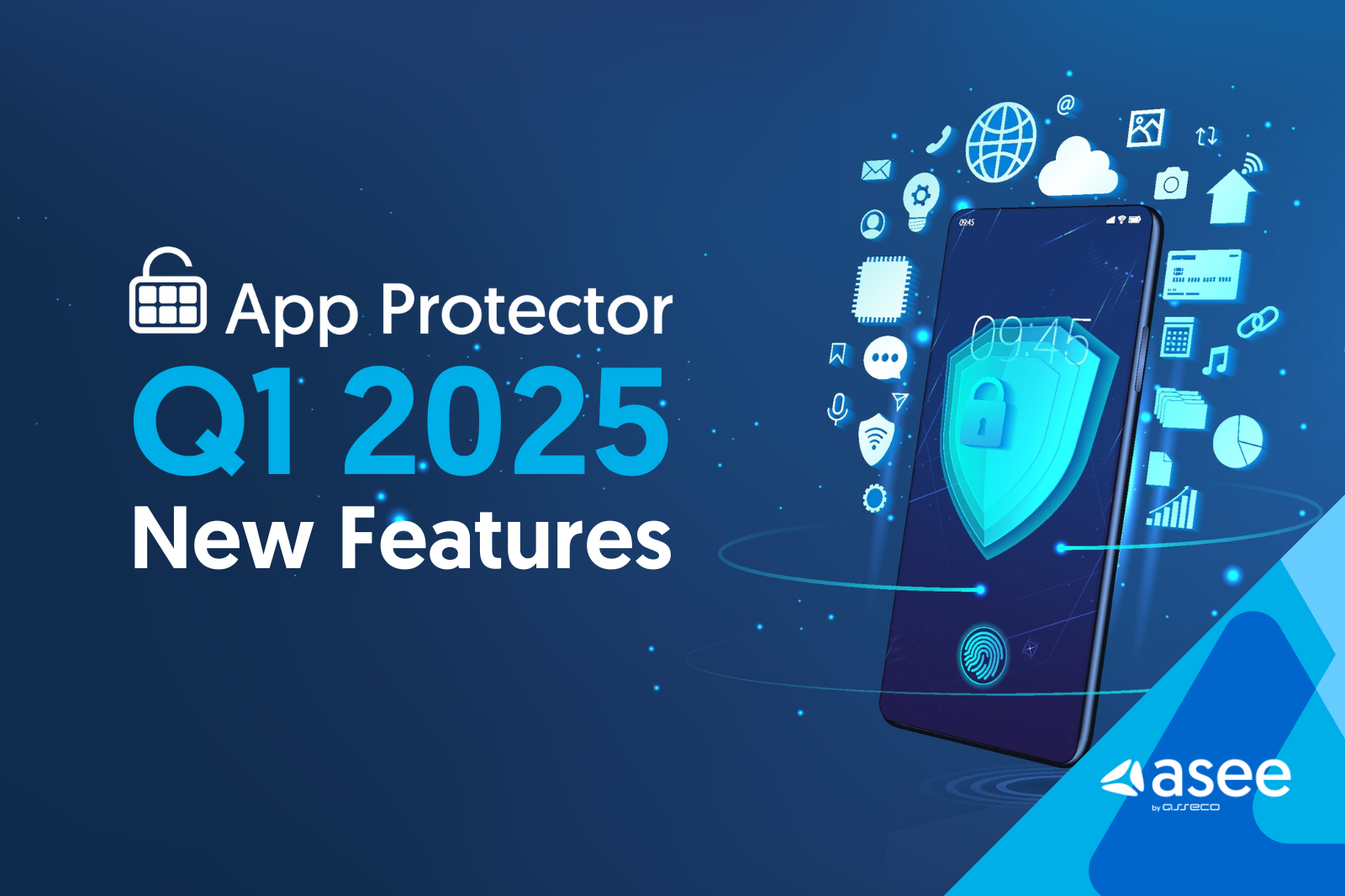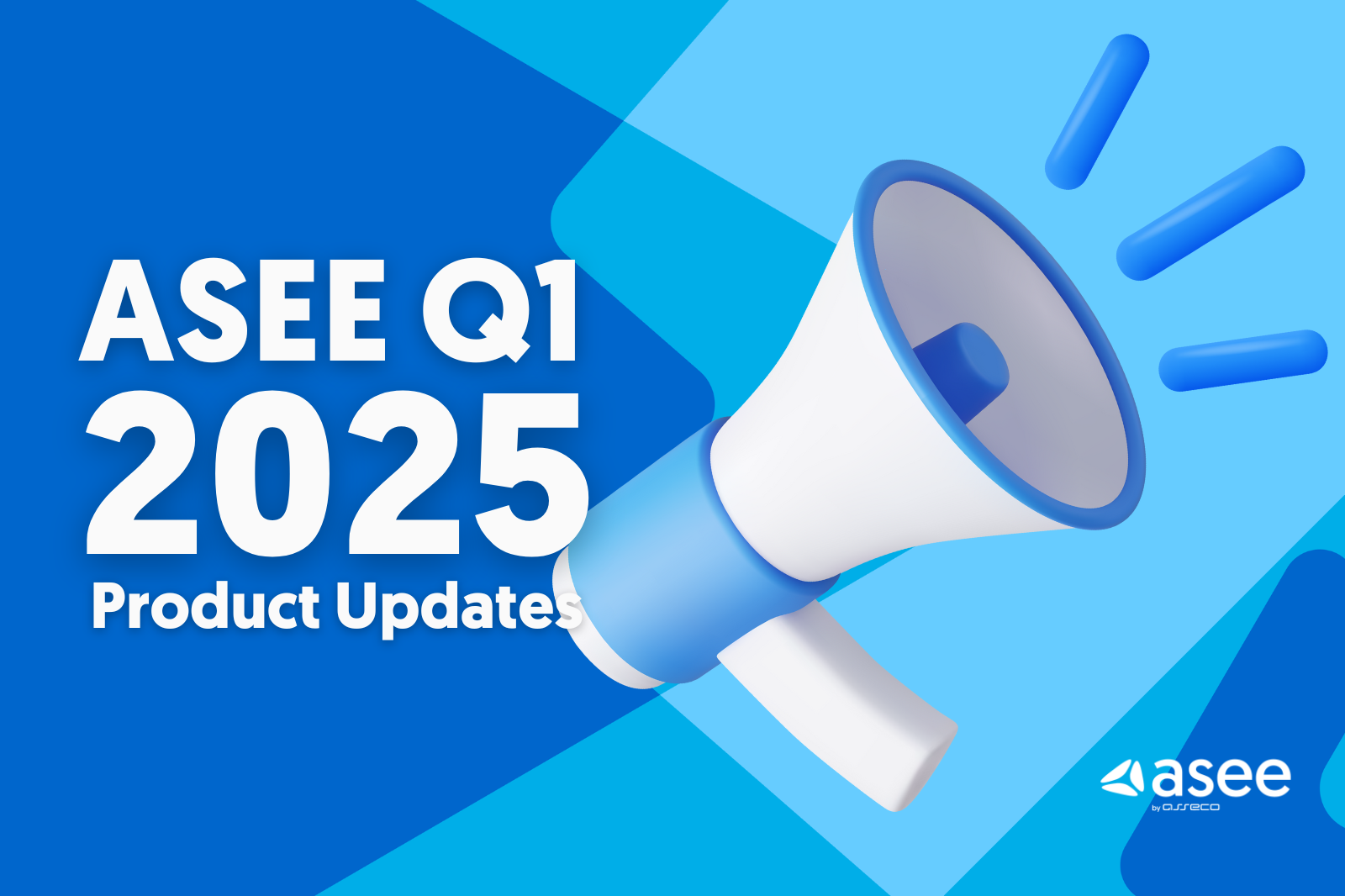Mobile access and high connectivity of various devices make the set of vulnerabilities for mobile banking apps broader than ever before. Things are not made easier as mobile banking apps are naturally an attractive target to cybercriminals as they contain vast amounts of sensitive user data. To make matters more complicated, different OS's are vulnerable to specific threats and demand individual approaches. So, without further ado, we'll take a look at the top threats concerning mobile banking app security and provide techniques to address the mentioned issues.
How are Cybercriminals Targeting Mobile Banking Apps?
In most cases, cybercriminals are lured by the potential financial gain offered by mobile banking apps. To exploit user data from mobile banking, they often employ phishing attacks through email or text messages to trick users into revealing their login credentials. Apart from the mentioned social engineering attempts, fake mobile banking apps pose a great threat to both banks and users. Banks are risking their reputation and integrity, while the end users are tricked into downloading a malicious app that resembles the authentic one owned by the bank.
These are just a few examples of how cybercriminals target mobile banking apps. The following paragraphs provide insight into a broader spectrum of threats present in a mobile banking app's environment.
Top Threats to Mobile Banking App Security
Mobile Banking Trojans
Banking trojans are specialized malicious programs created with the intention of stealing login credentials and financial data from mobile banking apps. These trojans can enter mobile banking apps through various means, such as app downloads. Once inside, they operate stealthily in the background, compromising the security of the app. Regular updates and security patches can go a long way in protecting against these banking trojans. Additionally, educating users about the risks of banking trojans can help prevent their spread and ensure the security of personal and financial information.
Fake Banking Apps
In the realm of mobile banking app security, one of the top threats that users face is the existence of fake banking apps. These malicious applications imitate legitimate mobile banking apps to trick unsuspecting users into divulging their login credentials and sensitive financial information. Such fake banking apps are usually distributed through unofficial app stores or phishing websites. It is crucial for users to download and install mobile banking apps only from trusted sources to avoid falling victim to these fraudulent apps. Furthermore, user awareness and education play a vital role in identifying and reporting these counterfeit applications.
Man-in-the-Middle (MiTM) Attacks
Man-in-the-Middle (MitM) attacks involve intercepting and manipulating communication between the app and its server. Public Wi-Fi networks, often used by mobile banking users, are common environments for MiTM attacks. To protect against such attacks, implementing end-to-end encryption is crucial. Additionally, secure protocols and certificate pinning can help in the prevention of MitM attacks on mobile banking apps.
Clickjacking
Clickjacking involves overlaying deceptive links on top of legitimate elements, like buttons, in the app's user interface. This enables the hacker to make ''clicks'' within the app on behalf of the actual user. To prevent clickjacking attacks, user interface design considerations play a crucial role. Implementing security measures such as frame-busting code can also mitigate the risk.
Keylogging Malware
Keylogging malware captures keystrokes and steals sensitive information, including personal details and login credentials. To protect mobile banking apps from keylogging malware, measures for detection and prevention should be put in place. Regular malware scans and updates are essential to safeguard against keylogging malware. Additionally, implementing secure input methods, such as virtual keyboards, can help mitigate the risk of keylogging in mobile banking apps.
What Makes Your Mobile Banking App an Easy Target?
Common Design Flaws
Design errors accompanied by weak security implemented during the app's development often lead to breaches. Some of the most common design flaws are:
- Inadequate input validation can allow attackers to inject malicious code into the app.
- Weak session management can result in unauthorized access to user accounts.
- Insufficient error handling may reveal sensitive information to potential attackers.
- Poorly implemented access controls can lead to unauthorized actions within the app.
- Lack of secure coding practices can leave the app vulnerable to various attacks.
Application Deployment Errors
When customers don't plan the application installation properly and lack familiarity with computer systems, it can lead to mistakes. For instance, they might forget to delete debug accounts or passwords, or they could run into problems with version control. That's why having a solid testing strategy for your banking application is crucial. It helps us catch and avoid these types of errors, ensuring a smooth experience for everyone involved.
Coding Errors
Mistakes in coding have the potential to disrupt how the mobile application works, sometimes causing unintended consequences. These vulnerabilities can emerge from issues like buffer overflows, format string errors, and race conditions. To safeguard the app against such issues, it's crucial to have a robust mobile banking security testing method in place. This method helps you spot and stop these coding errors before they become problems, ensuring our application runs smoothly and securely.
Faulty External Communication
Mobile banking apps often need to connect to external sources to be fully functional. However, as we mentioned before, external sources mean more entry points for cyberattackers to access sensitive information within the mobile banking app. That's why thorough testing for banking applications is vital for app protection.
Techniques to Enhance Security of Mobile Banking Apps
Mobile banking apps require a layered approach to protection. With that in mind, there are several techniques that are advised as best practices when it comes to securing your mobile banking application from external threats.
1. The Need for Multi-factor Authentication
To keep your bank accounts safe, it's essential to go beyond just using a single password. Implementing multi-factor authentication is top of the list when it comes to securing mobile banking apps. This might involve using one-time passwords generated for each login or incorporating biometric methods like fingerprint recognition. These extra layers of security help guard against unauthorized access. Additionally, don't forget to conduct regular security tests on your mobile banking app to ensure that all protective measures are working effectively.
2. Implementation of Mobile Application Shielding
Securing mobile banking apps takes center stage, and one pivotal approach is implementing mobile application shielding. This essential layer of protection acts as a guardian, shielding sensitive data from threats. Techniques like code obfuscation add complexity to the app's inner workings, making it a tough nut to crack for potential attackers. In turn, this fortifies your app against unauthorized access and fends off exploits targeting vulnerabilities. For a more advanced defense approach, consider the dynamic capabilities of Runtime Application Self-Protection (RASP), which can swiftly detect and respond to any suspicious activities in real-time. By adopting mobile application shielding, you showcase a steadfast commitment to safeguarding the security and privacy of your users' financial information.
3. Importance of End-to-End Encryption
With digital transactions, there are always two main players: the sender and the receiver. This scenario unfolds regularly in our daily lives, especially when we make transactions using mobile apps or online payment gateways. It involves various key players such as customers, retailers, payment brands, and issuing banks. With billions of dollars worth of confidential data changing hands every day, it's no surprise that cybercriminals often target online purchases.
To ensure the safety of consumers, businesses must prioritize encrypting these transactions. End-to-end encryption plays a pivotal role in securely transferring data, providing a reliable shield against potential threats. It's responsible for carrying out security checks and assessments, making it an indispensable component of software testing in the financial services industry. Encryption not only safeguards businesses from fraud but also helps maintain ethical standards in the digital realm.
4. Role of Biometric Data in Enhancing Security
Biometrics offers a secure and user-friendly method for logging into mobile apps, relying on unique inherent data. With biometrics, the app developer can't directly know the identity of the person entering the password; they can only verify if it matches the one stored securely in the system.
Biometrics brings an extra layer of trust into the mix by confirming the identity of the person providing the biometric sample for verification. Whether it's a fingerprint or facial recognition, real-time biometric checks are directly linked to the user, ensuring a seamless and secure authentication process.
5. PSD2 Regulation Compliance
PSD2 regulations address critical banking security concerns like reverse engineering and fund theft. They serve as a robust defense against fraud, bolster digital security, and encourage the use of digital documents. PSD2 also promotes open banking and increased online security, fostering collaboration among various players like FinTechs, corporations, and clients, all working together with banks to enhance security measures.
These regulations place a strong emphasis on improving online protection for consumers, ultimately enhancing their overall experience when making online payments.
6. Auto-updates
It's essential to keep your app's security features up to date. Whenever new vulnerabilities are discovered, the security team needs to act swiftly, creating and releasing patches to address these issues. However, it's crucial to ensure that the auto-update process is rock-solid, preventing any potential misuse by attackers attempting to update altered versions of the app.
ASEE as Your Cybersecurity Partner
With over 20 years of experience in authentication, payments, risk, and compliance solutions, we understand your needs. Stacked with valuable know-how and skilled professionals in various industries, we are a resourceful partner and a top-notch cybersecurity vendor to your company.
ASEE Group Facts and Figures
- Top-notch cybersecurity vendor
- Serving customers across 4 continents, 20+ countries
- End-to-end security solution for each step of your customer journey
- Securing 40M+ users on Banking Digital channels
eBook: Mobile application security toolkit
Learn more about mobile security threats landscape and what are the three key pillars of anti-tampering for mobile. A detailed look at code obfuscation, integrity checking and Runtime Application Self-Protection (RASP).
In case you have any questions regarding the protection of your mobile application, we are happy to advise you and provide support along the way. Contact us and book your free, zero-obligation consultation.









